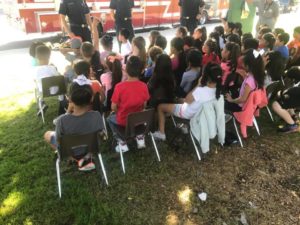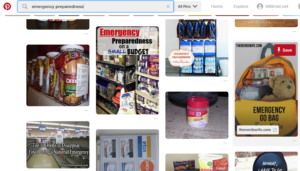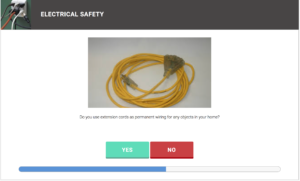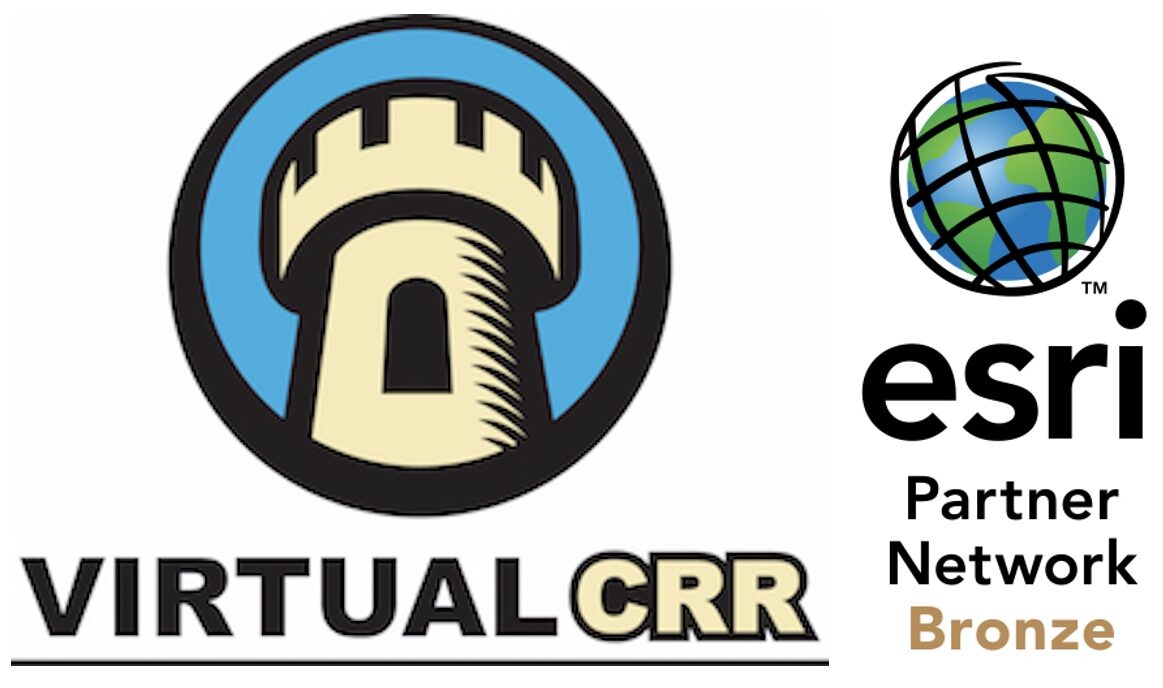Community Risk Reduction, Ignoring the Masses

When designing our Community Risk Reduction processes and programs, we have many groups to consider. These groups come in many shapes, sizes, demographics, etc. We need to look at our individual communities, understand who they are, and what their needs are. We come up with plans to serve many of them. Often, the groups we try to focus on fall into a minority group. Not speaking of race as the minority group, but rather the groups do not make up the majority of our community. These groups are often underserved facets of our society and need special assistance.
Focusing on the Few
We tend to spend a lot of time and resources working with the “Few” groups because of their special needs. Some of these special needs may include physical needs such as the blind, deaf, elderly, or physically challenged. Other groups include those from other cultures or languages. A group that all of us typically try to reach out to are the young children.

We often send our resources to teach certain grade levels fire safety in the schools. Often, we buy smoke alarms for seniors and those who can’t afford them. Then, we follow that up by taking the time to install them. Some departments prepare 72 hr. kits for their low income communities. All of these efforts are valuable. We need to reach out to the “Few,” that is our responsibility.
Ignoring the Masses
Because we spend so much time and resources on the “Few,” are we Ignoring the “Masses”? There is a very large segment of our population who has the means and the ability to take care of themselves. They can afford smoke alarms and 72 hr. kits. The have the ability to install those smoke alarms and will assemble really high quality emergency kits. They think they are safe and regularly check Pinterest for cute ways to teach their children how to be safe. Seriously, go to Pinterest and search Emergency Preparedness. You will be blown away at the number of articles and projects.

The “Masses” of many of our communities are self sufficient. They take care of themselves, and are proud of it. They often wear it as a badge of honor. This is great for us! We need to take advantage of this. How are we reaching out to them? Are we sure the information they are getting from Pinterest and other resources is the most accurate, and best for their particular situation?
Focusing on the Masses for Community Risk Reduction
Imagine how much Risk we could Reduce because this majority of our community followed our advice. We wouldn’t even have to buy them anything. They have the means and the interest. We do need to teach them though. It could be as simple as finding those Pinterest articles and activities that are high quality and sharing them. Often, this group just wants you to simply tell them what they should do. A video or article highlighting a simple safety topic could do the job. Here are a few examples.

- Explain why we don’t want them using extension cords as permanent wiring. I bet most of our community has no idea they shouldn’t do this, or more importantly, why they shouldn’t. How many fires could we prevent?
- Talk about the proper ways to use a space heater, the dangers associated with them, etc.
- This group is often very influential with some of our “Few” groups as well. A message about fall prevention in the elderly can get passed on to their parents. A son or daughter can influence their parents to remove throw rugs and install handles by the toilet and in the shower.
How are you Reaching the Masses?
There are many ways to reach the Masses. I created Virtual CRR as a great way to reach them. It starts as a simple survey regarding various safety topics. It is followed up by letting your community know how they are doing and what they can do to improve. The statistical data is collected for you to better understand the risk of your community and where you should put your “human” resources to better help the “Few.”
I encourage each of us to continue looking to the “Few” without ignoring the “Masses.

